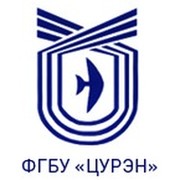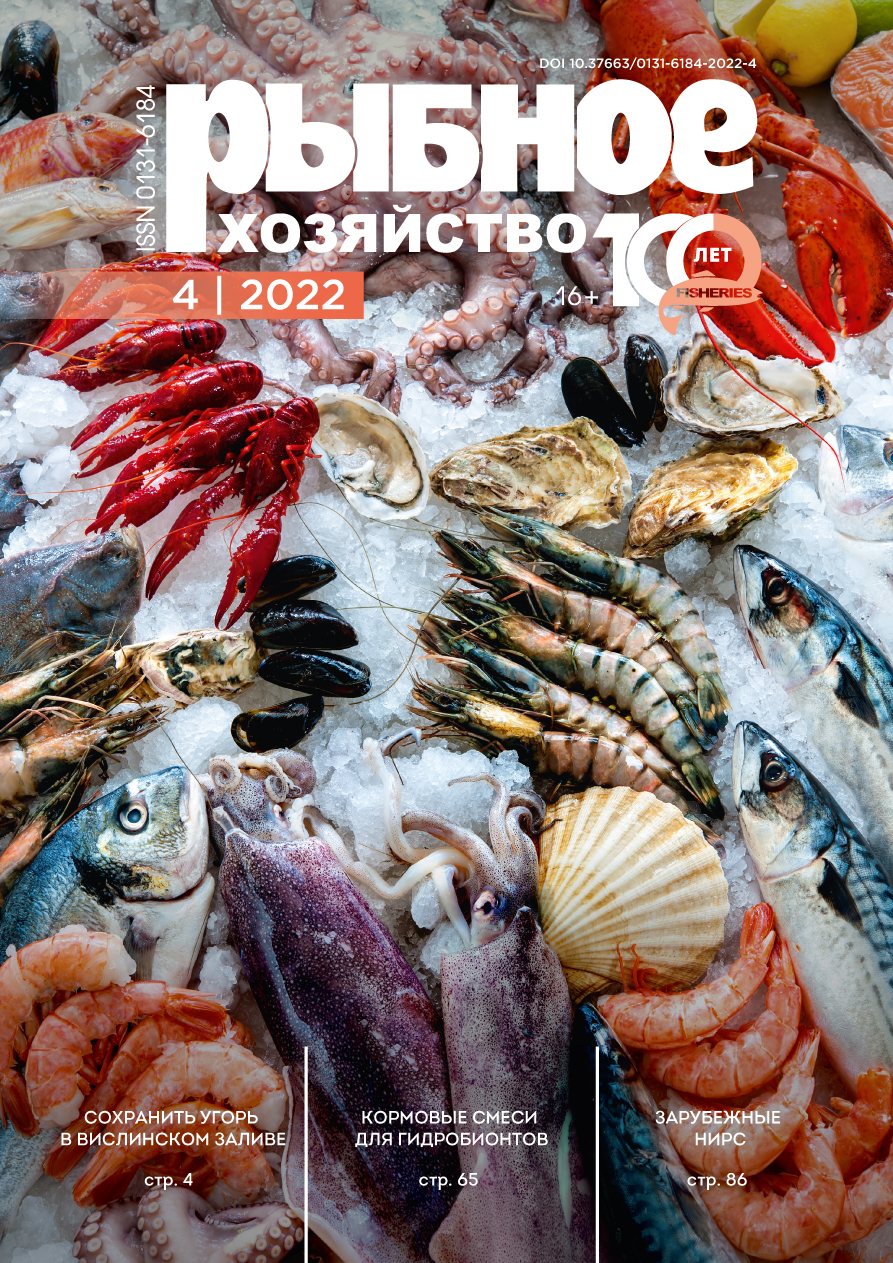Russian Federation
Russian Federation
UDK 639.2/.3 Рыбное хозяйство
UDK 639.38 Различные продукты из рыб и морских животных
GRNTI 69.51 Технология переработки сырья водного происхождения
OKSO 35.03.07 Технология производства и переработки сельскохозяйственной продукции
BBK 472 Рыбное хозяйство
The purpose of the scientific work is to study the indicators of the quality and safety of fish culinary products for children's nutrition. The object of the study were fish dishes. Microbiological and physico-chemical methods determined the nutritional value, toxicity and set the shelf life of products. The article provides up-to-date information on the impact of the nutritional factor on the development of the child's body. The lack of a balanced diet can lead to various forms of allergies, anemia, rickets, and an increase in the frequency of infectious diseases. In this regard, fish raw materials can most fully solve the issue of meeting the needs of a child in nutrients that are important for him. One of the important indicators is the content of the dense and liquid parts in the model minced meat, because fish contains 80-81% water in its composition, then an increase in free liquid in the minced meat recipe would lead to its dilution and the loss of the possibility of manufacturing molded products. In the course of the work, it was found that the duration of storage at a temperature of 4+-2 °C is possible for 72 hours (3 days) without changing the safety indicators. The microbiological safety of the developed products was established: The number of mesophilic aerobic and facultative anaerobic microorganisms (QMAFAnM) at all points of control of samples does not exceed the normalized level. An important aspect in the nutrition of school-age children is the organoleptic characteristics of dishes. As a result of the examination, it was determined that the products under study are characterized by attractive organoleptic characteristics: the taste and smell are not pronounced fishy, characteristic of the products, there is no taste of extraneous cod, the texture is juicy, tender, acceptable for school-age children.
food, quality, safety, processing, culinary products
1. Ivanova E.E. Quality and safety of fish and fish products /E.E. Ivanova, N.A. Studentsova, M.L. Chekhov, S.A. Granatyuk // Izvestiya vuzov. Food technology. - No.-6. - 1999. - Pp. 104-106.
2. Volkov A.H. Assessment of the quality and safety of fish and seafood: A textbook. / A.H. Volkov, E.K. Papunidi, L.F. Yakupova - Kazan, Kazan GAVM, 2020. - 154 p.
3. Lartseva L.V. Hygienic assessment of microbiological indicators of fish and fish products of the Volga-Caspian region. Diss... D.B.N., Moscow, 1998. - 383 p.
4. Istomin A.V. Hygienic assessment and prognosis of the actual nutrition of certain groups of the Russian population / A.V. Istomin, T.V. Yudina // Hygiene and sanitation. - 1996. - No. 4. - Pp. 17-19.
5. Studenetsky S.A. The social significance of the fishing industry for Russia // Fisheries. - 1994. - No. 4. - Pp.3-9.
6. Kalamkarova L.I. Distribution of conditionally pathogenic microorganisms in food products // Hygiene and sanitation. - 1989. - No. 6. - Pp.72-73.
7. Liston J. Microorganisms as a cause of economic loss to the seafood industry // Oceans'88; Proc; Parther Ship Mar Jnterests, Baltimore. Md. Oct. 31. Nov 2. - 1988. - №1. - Pp.52-55.
8. Liston J. Microbial hazards of seafood consumption // Food Technology - 1990. - 44. - №12. - Pp. 58-62.
9. Golovin A.N. Quality control and product safety from hydrobionts and its certification // Fisheries. - 1995. - No.1. - Pp.54-55.
10. Kulikovsky A.V. Food safety assessment in the USA // Veterinary medicine. - 1996. - No. 1. - Pp.58-59.
11. Kulikova A.S. Designing fish semi-finished products for feeding school-age children / A.S. Kulikova, I.M. Titova, M.V. Pisarkova // News of KSTU. - No. 5. - 2019. - Pp. 116-129.
12. Statsenko E.S. Development of recipes and technologies of culinary products based on combined minced fish. Diss... Candidate of Technical Sciences, Vladivostok, 2004. - 164 p.
13. https://nord-news.ru/topic/?mtopicid=581
14. Erikson U., Standal I.B., Aursand I.G., Veliyulin E., & Aursand M. Use of NMR in fish processing optimization: a review of recent progress. Magnetic Resonance in Chemistry. - 2012. - 50(7). - Pp. 471-480.
15. Lund D. Predicting the impact of food processing on food constituents. // Journal of food engineering. - 2003. - 56(2-3). - Pp. 113-117.
16. Vasyukova A. Development of a recipe for specialized fish dishes with improved organoleptic characteristics for feeding children / A. Vasyukova, K. Krivoshonok // Digital society: education, science, career. - 2021. - Pp. 188-198.
17. Vasyukova A.T. Biogenic amines in fish semi-finished products and culinary products / A.T. Vasyukova, K.V. Krivoshonok, Yu.I. Sidorenko // Fisheries. - 2022. - No. 1. - Pp. 95-102. DOIhttps://doi.org/10.37663/0131-6184-2022-1-95-102
18. Vasyukova A.T. Modeling of the evaluation system of the "inedibility index" in the school cafeteria on the example of fish dishes / A.T. Vasyukova, K.V. Krivoshonok, M.D. Vedenyapina, V.V. Kuznetsov // Fisheries. - 2022. - No. 2. - Pp. 88-100. DOIhttps://doi.org/10.37663/0131-6184-2022-2-88-100.











